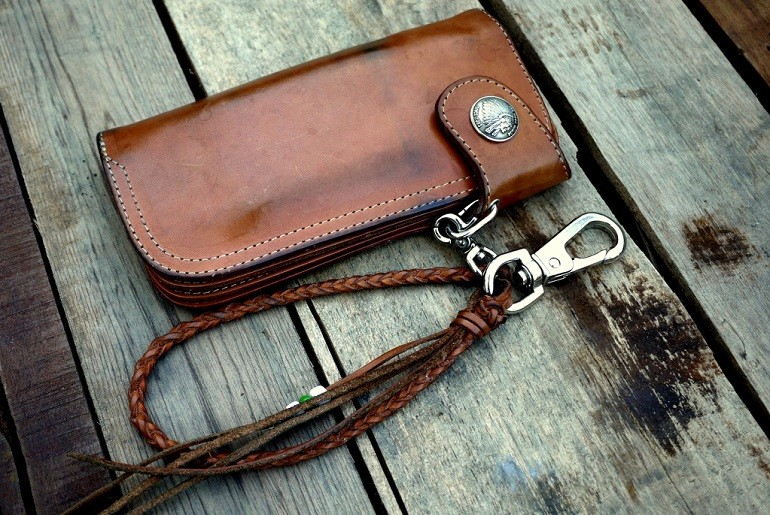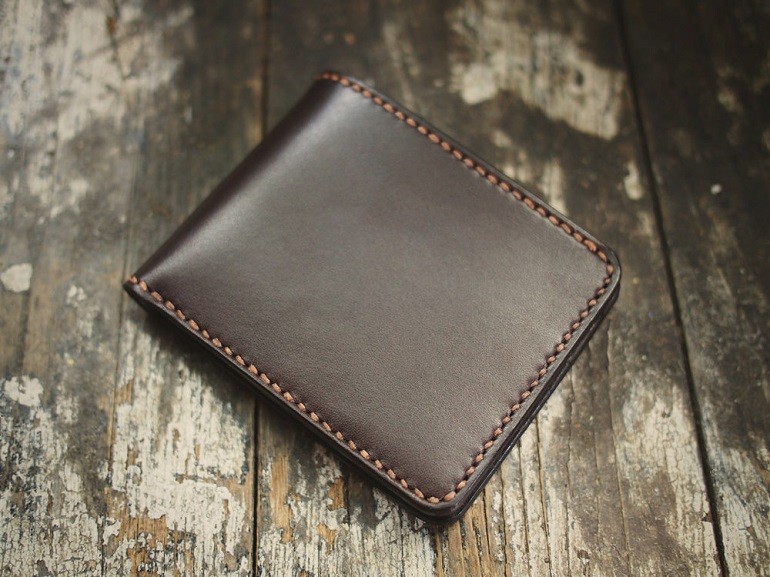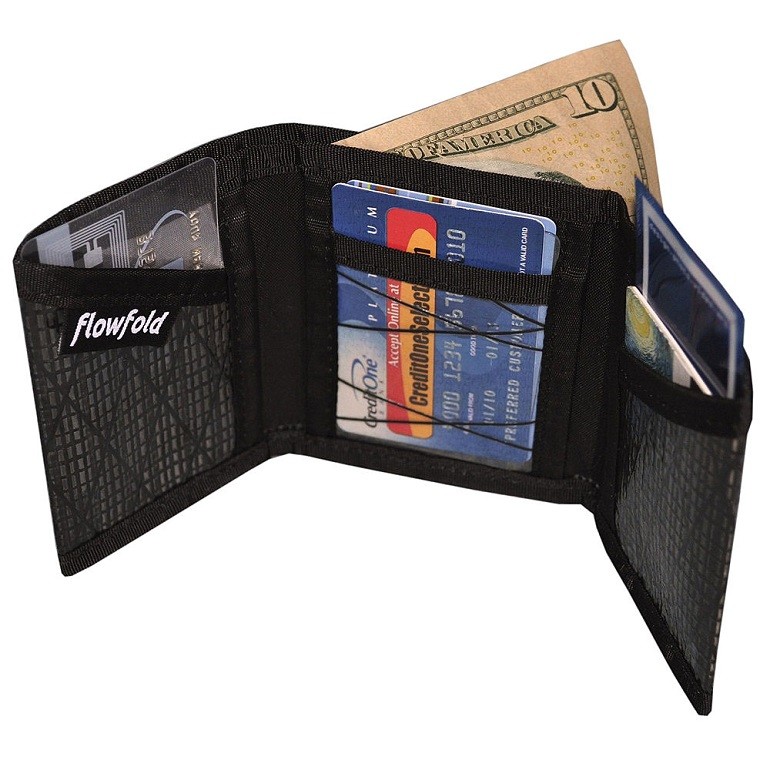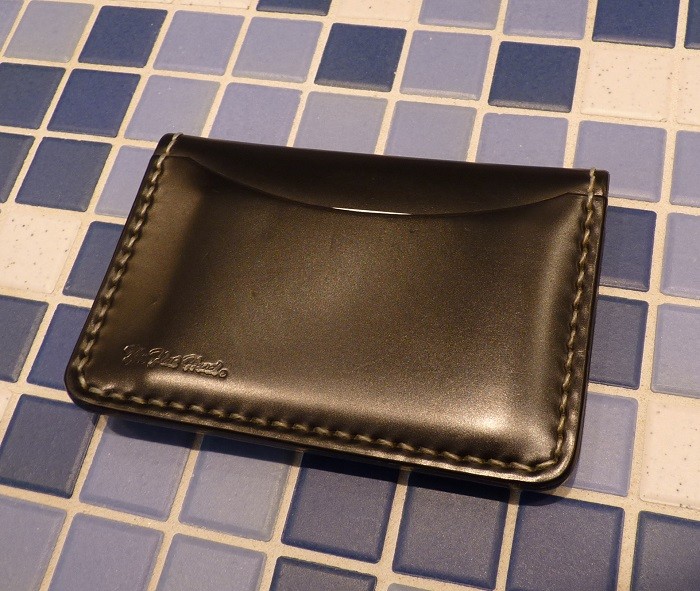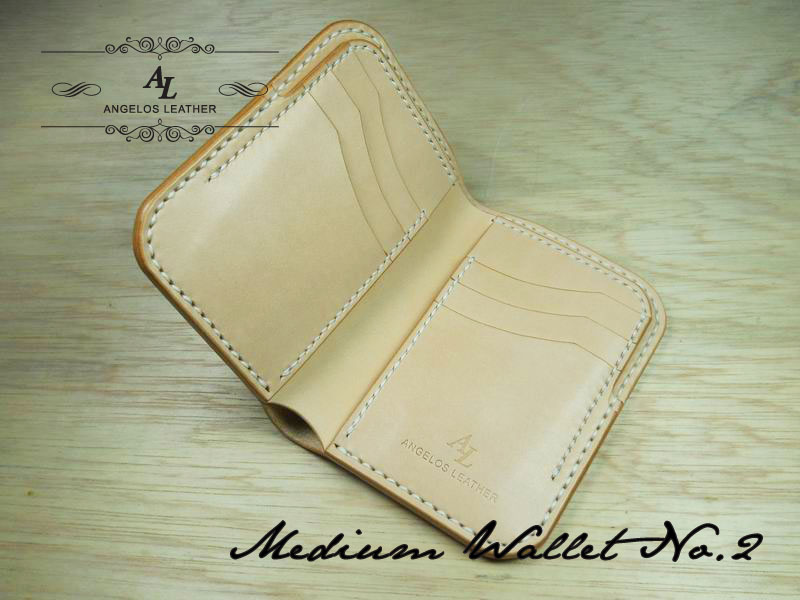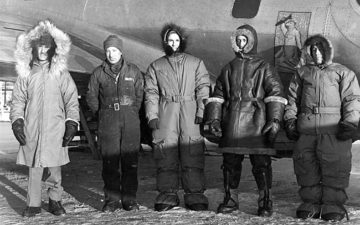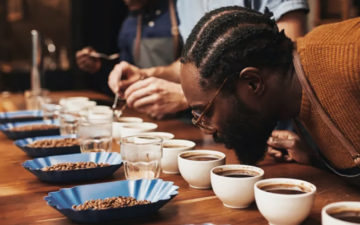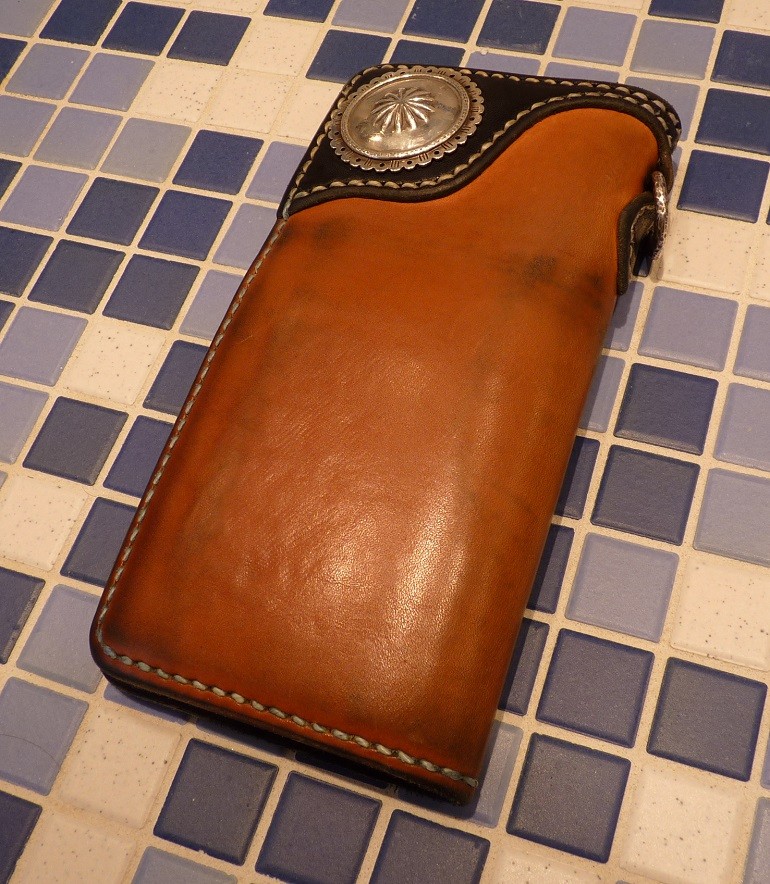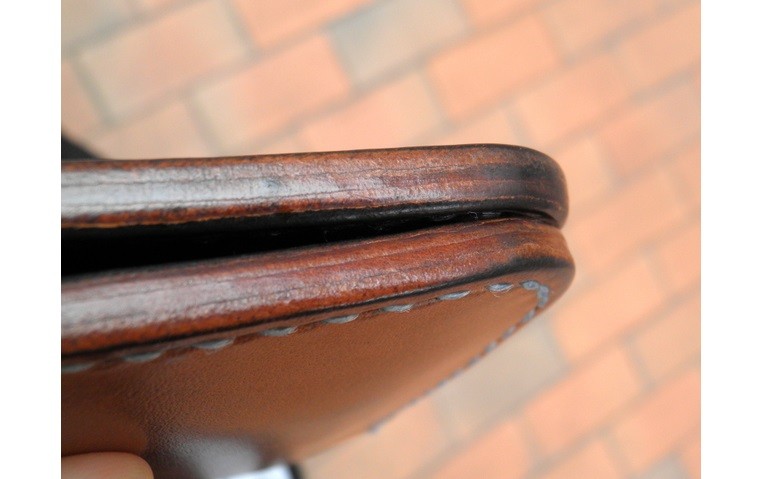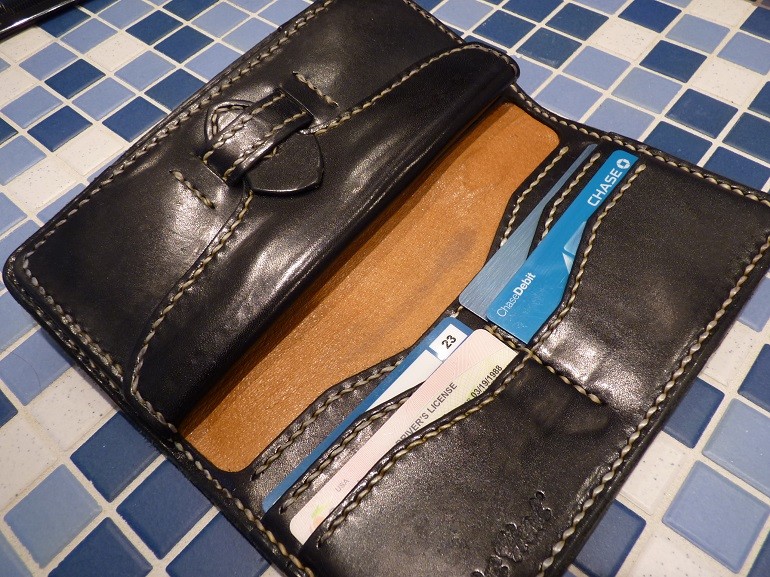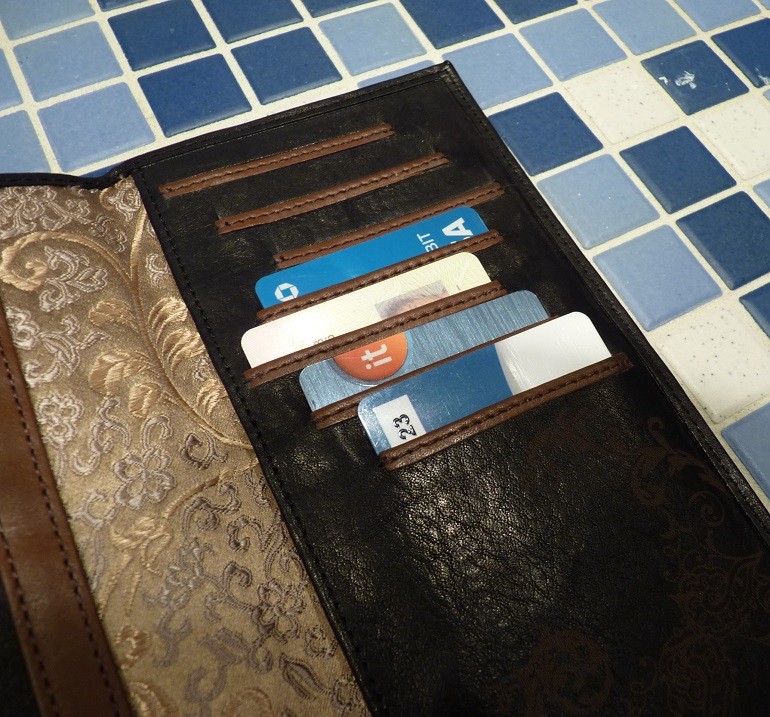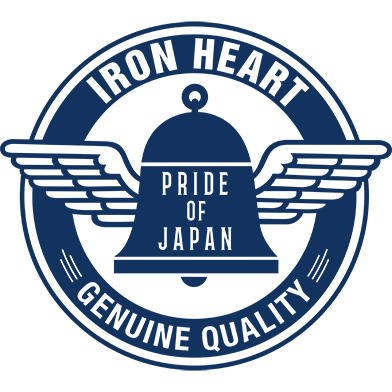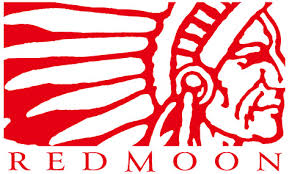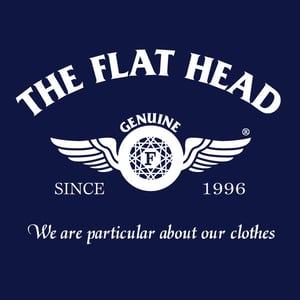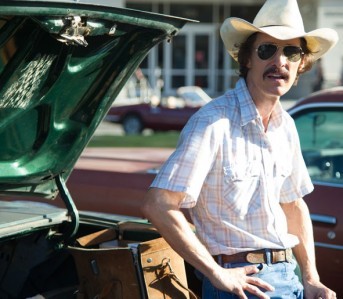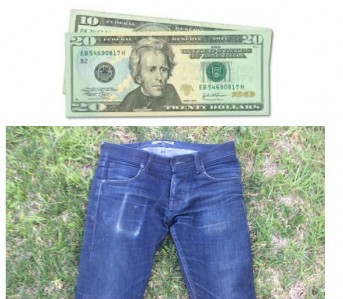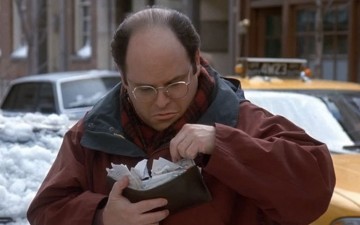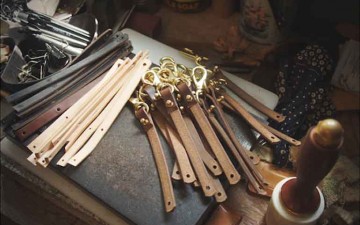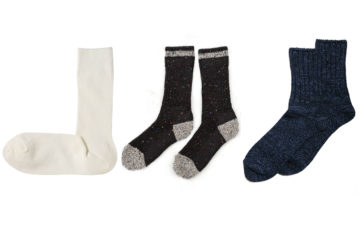As many raw denim fans can attest, stepping into the world of selvedge tends to open the door to a new perspective on other items of rugged fashion – like belts, boots, and jackets. But there’s no accessory more symbiotic to the raw denim style than a good wallet. Unlike belts and boots, a wallet literally leaves its imprint on the wearer’s jeans – as denim does likewise to a wallet.
There are more makers than ever crafting wallets with the denim enthusiast in mind – from the basic essential bifolds and card cases of Tanner Goods or Corter, to the lavish, native-inspired creations of brands like The Flat Head and Redmoon. Trying to figure out which wallet you want can quickly become a fairly daunting proposition, which is why we’re bringing you a helpful guide that will give you the facts you need to make a wise buying decision.
What’s Your Style?
The first thing to figure out is what style of wallet you want. Do you want hardy simplicity, or a distinct accessory that will noticeably complement your style? Do you want to wear your wallet with a braided rope or metal chain, or do you prefer a simpler look? And finally, do you want to wear your wallet in the back pocket of your jeans, or keep it in a bag or some other pocket?
Once you figure this out and harmonize your wallet with the rest of your style, you’ll be on the way to finding the right wallet for you. Let’s look at a few styles and their advantages and disadvantages.
The Bifold
The most familiar classic wallet design, the Bifold has a single fold, several bill slots and card slots on either side, often with hidden pockets. Some bifolds also come with coin cases rather than extra card slots. These are a classic, time-tested option. The single-fold design doesn’t put too much stress on bills and is usually easy to use.
The Trifold
The Tri-Fold Wallet has two folds and three sections. This is one style I’d discourage you from using – trifolds tend to get extremely bulky and concentrate their bulkiness into a smaller space, making them among the most uncomfortable types.
As if that’s not bad enough, it’s harder to get bills in and out, and not only do the extra folds chew up cash and make it look ugly, it also means that the more cash you add, the bulkier it gets compared to a bilfold or other styles.
The Card Case
For those who use cards nearly exclusively, the Card Case is a great option. They tend to be simple, sleek, and very easy to use. They don’t always accommodate cash very well, and they’re minimalist by design, but if you’re looking for a classy way to keep your cards, this is a great option. Because of their smaller size, card cases work well for those who store their wallet in a jacket, or front jeans pocket.
The Mid Wallet
The next step up in size from the Bifold is a Mid Wallet. Mid Wallets are similar in design to a bifold; the difference is that they’re taller and narrower, so that when placed in your pocket the wallet’s spine is aligned vertically.
Mid Wallets have about the same amount of bill storage space, but more room for cards, receipts, and a coin case. Because they retain a bifold-style bill system, Mid Wallets tend to be wider than other types, and depending on your jeans, might be more uncomfortable to sit on.
The Long Wallet
Descended from mid-century trucker wallets, Long Wallets have the most storage space and are the most visibly conspicuous style. Because the bills lay flat, you can load it up with more cash without things getting uncomfortable, plus it’s much easier to access your notes and keep them looking nice.
Vertically-loading bills usually makes for a slightly narrower and a bit more comfortable than mid wallets. Due to their large size, Long Wallets in particular work well if you prefer to carry a wallet in your bag, though they also make the boldest fashion statement in your back pocket–many types have silver conchos and snap enclosures that add to the style.
Now that we’ve had a rundown of the basic wallet types, let’s look at the next step.
The Leather
The leather is the heart of a good wallet. Knowing what to look for will help you to find the best bang for your buck. The most commonly used leather for denimhead wallets is natural, veg-tanned cowhide. This complements denim nicely because of how it ages over time.
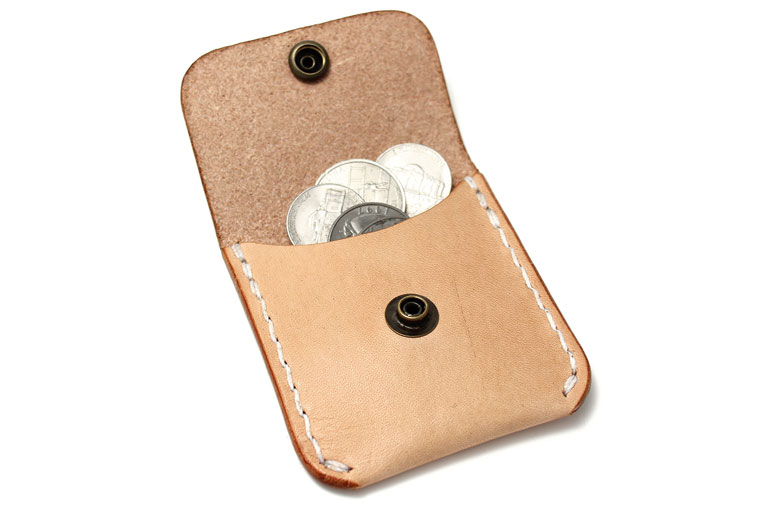
A veg-tanned leather coin case by Teranishi
On the other hand, it’s also the most vulnerable, and can take the most work to maintain. It’s susceptible to staining from rain drops and other moisture, as well as indigo staining, and often requires careful treatment of oils and waxes to look its best. Nicely-aged natural veg tan leather looks quite beautiful, and its golden-brown color is the perfect complement to well-faded denim. Cowhide is also available dyed in brown, black, and other colors – these tend to be among the easier leathers to use, and require relatively little maintenance.
There are plenty of other options, as well. Horween’s Chromexcel leather is tough yet supple, showing great evolution possibilities. Horsehide is also a good choice for wallets – such as the extremely tough butt leather used on some wallets by The Flat Head. The most recognizable variety of horsehide used in wallets, though, is cordovan leather. A rare leather produced only by Chicago’s Horween Tannery and Japan’s Shinki Tannery. Cordovan is extremely durable, requires little maintenance, and has a luxurious shine and feel, but scarce supply means cordovan is extremely expensive.
The Construction
Construction is one area where a careful eye will be crucial in telling the good from bad. First off, you need to know about stitching–the two primary methods are stitching with a sewing machine, and stitching by hand.
In general, hand-stitching is much more time consuming and with a lower margin for error. But many smaller leather brands with less experience use hand-stitching that is in some cases inferior to the machine stitching used by brands like Redmoon. Carefully examine the consistency and spacing of the holes with hand-stitching, and look for straight, precise lines in machine stitching.
Pay close attention to the type of thread used, as well. Cotton thread like Redmoon uses is more prone to breakage than synthetic fibers or animal tendon threads, especially at high-stress points like the spine of a wallet, where threads can break over long periods of wear in back pockets. Heavyweight waxed linen threads and threads made from goat or cow tendon are harder to work with, but result in extremely strong stitching that will last for many years of constant use.
The edges of the wallet are another point where the maker’s skill (or lack thereof) will be most evident. Poorly-made wallets will have rough edges with inconsistent cuts, almost as though the leather was cut with scissors. A well-made wallet will have clean, straight edge, and most importantly, they’ll be burnished smoothly.
Burnishing is a vital part of leatherworking that often goes overlooked, so brands that produce exceptionally smooth and clean edges, like Taiwan’s Angelo’s Leather, are distinct among a sea of otherwise similar-looking brands.
Relatively few wallets are lined–the pigskin lining used on many of The Flat Head’s wallets and the elkskin of Hollows Leather are notable exceptions–but this is a welcome alternative to the rough side of cowhide that can add a subtle touch of luxury to your wallet. Lining is functional, as well, allowing for sleeker movement of cash, cards, and coins.
Design
Finally, take a careful look at the design of your prospective wallet. How many card slots do you need? Will you want a coin case for easy storage – and if so, do you prefer a zipper, snap, or flap insert enclosure? How easy is it to access and use the bill slot, especially on a mid-length wallet? Knowing the right questions to ask will help you to avoid buying a wallet with a problematic design.
One of the biggest issues that many buyers overlook is card slot placement. This might seem inconsequential, but the design of the card slots will either protect your cards or crunch them up. Designs where cards extend over the edge of the slot will place pressure on the cards when sitting on the wallet, and can lead to your cards cracking or breaking.
This tends to be less of an issue on bifolds or card cases, but it deserves special attention on Mid and Long Wallets. If you’re going to keep the wallet in your back pocket, avoid vertical-loading cards slots at all costs–these put the most pressure on cards and will lead to your cards getting damaged over time. Instead, look for side-loading card slots that won’t bend the cards over an edge–these are much more stable and won’t damage your cards.
With knowledge of what to look for in a quality wallet, you’ll be able to choose wisely and buy a wallet that should serve you well for years to come–and only get better with age.
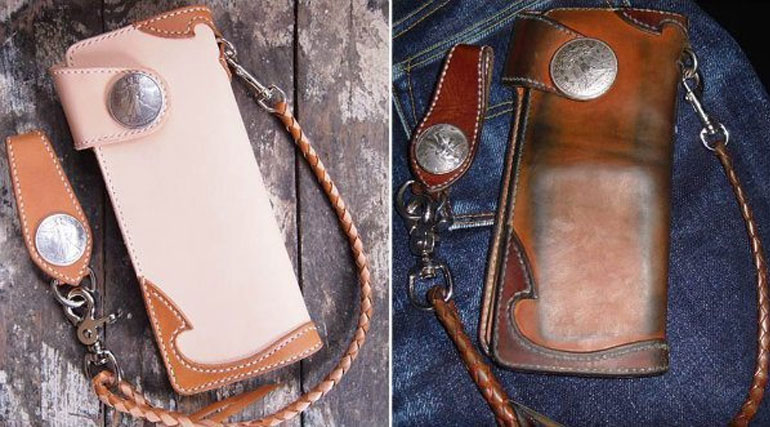
If you’re on the hunt for a new wallet, here are a few brands we’d recommend checking out:
- Billykirk
- Blackthorn Leather
- Friday & River
- Himel Bros.
- Iron Heart
- Tanner Goods
- Pigeon Tree Crafting
- Redmoon
- Studio D’Artisan
- Obbi Good Label
- The Flat Head
- WP Standard

